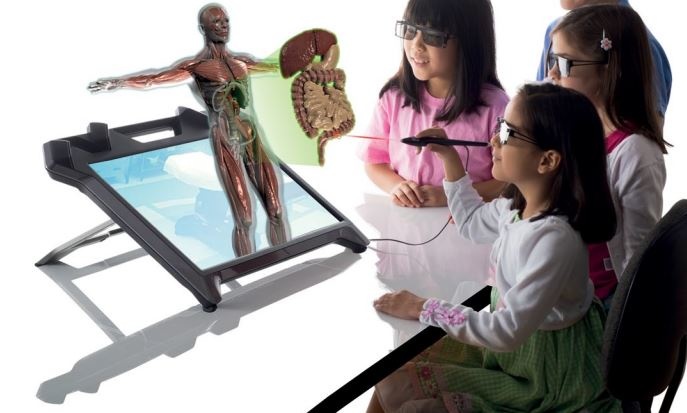
Virtual Reality, it seems to be everywhere, but what does it mean for education? How can educators make sure that it is a good investment to enhance learning? Or is it just an over-hyped, gimmick that becomes an expensive piece of plastic that sits in the back of the classroom getting dusty?
Slowly, virtual reality is creeping into our lives, offering people a chance to have incredible experiences which they may never be able to access in “real life”. People are amazed by virtual reality – they see someone with a black, plastic box on their face wiggling their arms around and they want to be part of it. I have asked students why VR is exciting to them and they reply “because it lets you escape into a different world”.
I can reassure you that I am not a VR evangelist, in fact, my bias is to be cynical of Virtual Reality for many reasons, not least of which being the horrendous motion sickness I have experienced using poorly designed VR experiences.
This article will be an authentic exploration of the pros and cons of using virtual reality in education and give you, the educator, the sort of questions you might want to ask before jumping in and implementing this exciting medium for exploration into your classroom.
Question 1: What role do you want VR to play?
“I believe we need to step back from expert led debate about what’s possible and how to achieve it. Instead, I think we must start with a more fundamental exploration of what role we want these technologies to play in serving humanity.”
Gerd Leonhard, Technology vs Humanity
When assessing the viability of implementing technology in the classroom decide “what does success look like”, what are our ultimate goals? People will all have different reasons for wanting to use VR in education, which may include:
- Creating immersive experiences that would otherwise be out of reach for students
- Increasing the number of students choosing to take your subject to a higher level due to higher engagement
- Helping to communicate abstract concepts
- Bringing more enjoyment in the classroom
- Helping to personalise learning
- Increased attainment due to a better understanding and increased engagement
- Virtually connecting with people from different communities around the world.